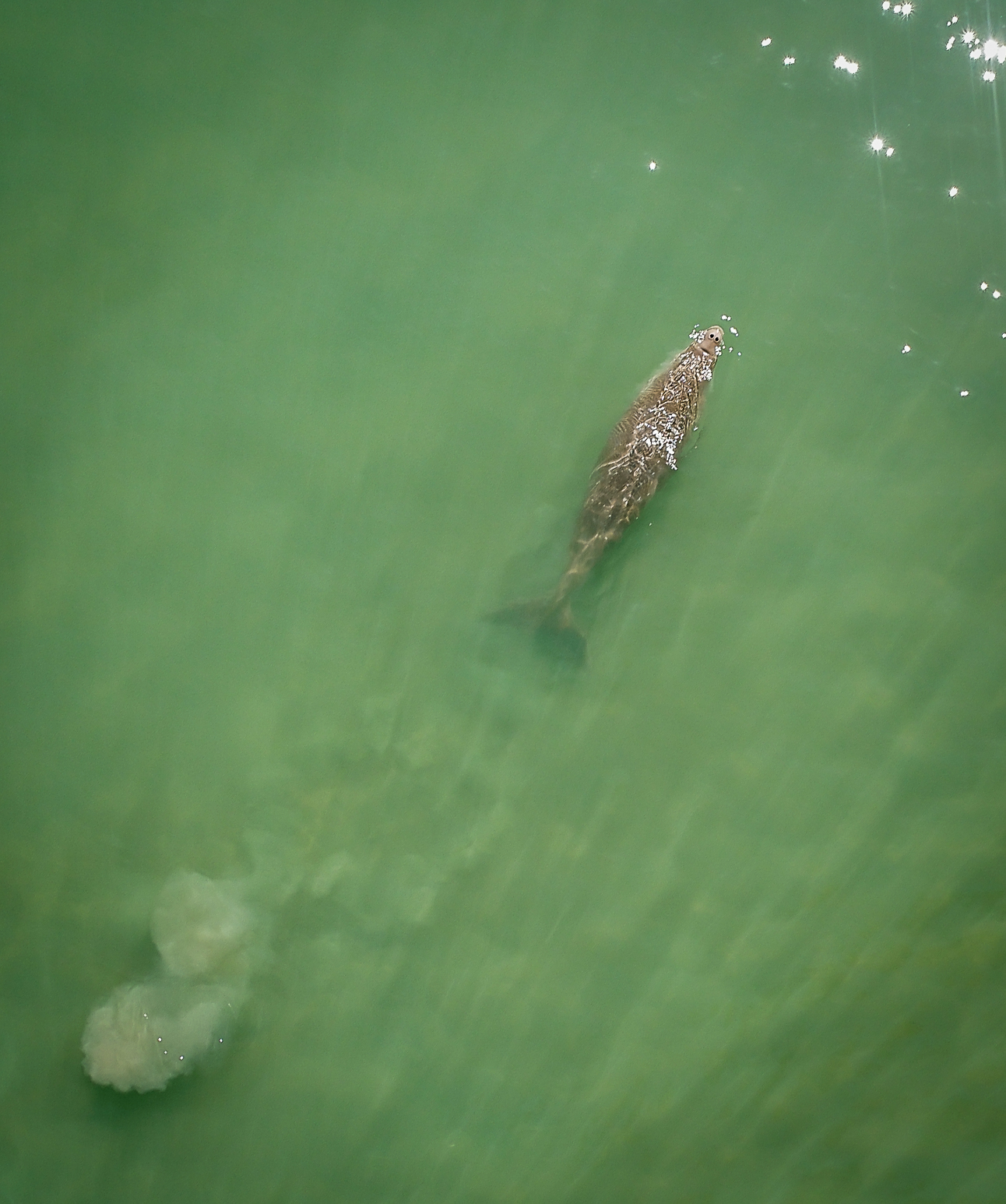Abstract
Dugong populations are decreasing worldwide due to human activities. Reproductive behaviour observations are valuable due to the scarce information on dugong reproductive behaviour, which vary between populations. Surveys were carried out to document dugong reproductive behaviour at the island of Koh Libong, province of Trang, Thailand. Aerial images of dugong reproductive behaviour were captured using a zoom camera mounted on a drone. Images clearly revealed several stages of matting (following, approaching and stimulating, pairing, mounting and separating). In addition, we also identify a possible method to track individual dugongs by recording the tusk scars in dorsal regions using drone images. This study highlights the importance of small quadcopter drones as a cost-efficient tool to document dugong behaviour such as mating, identification of individuals, measurement of body mass index, contributing to an effective conservation effort.







